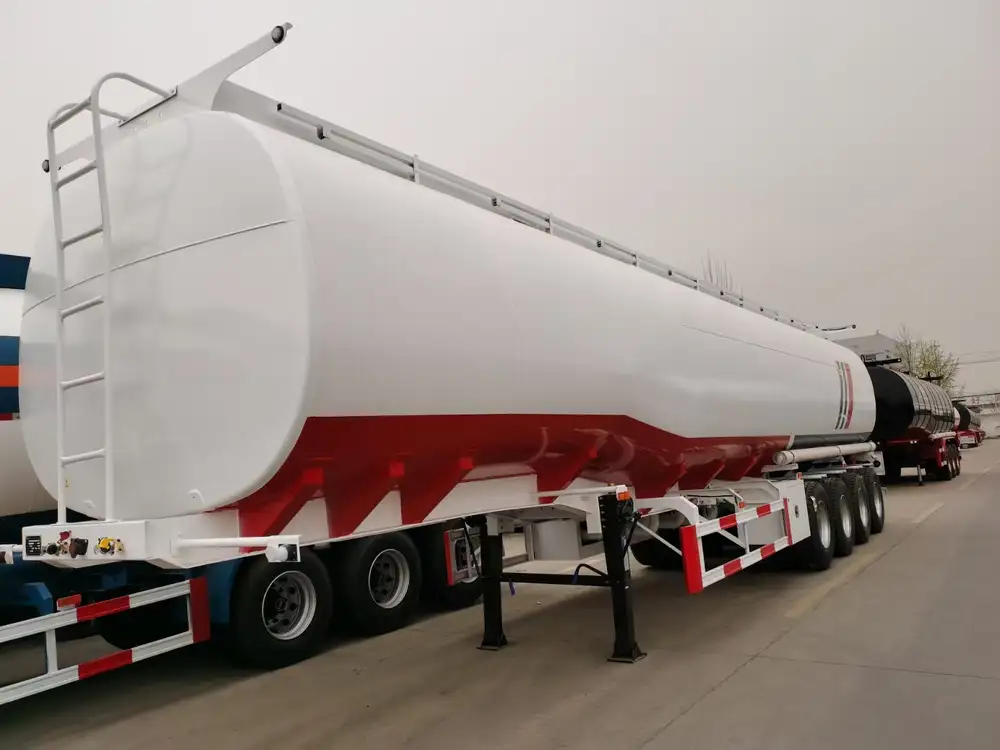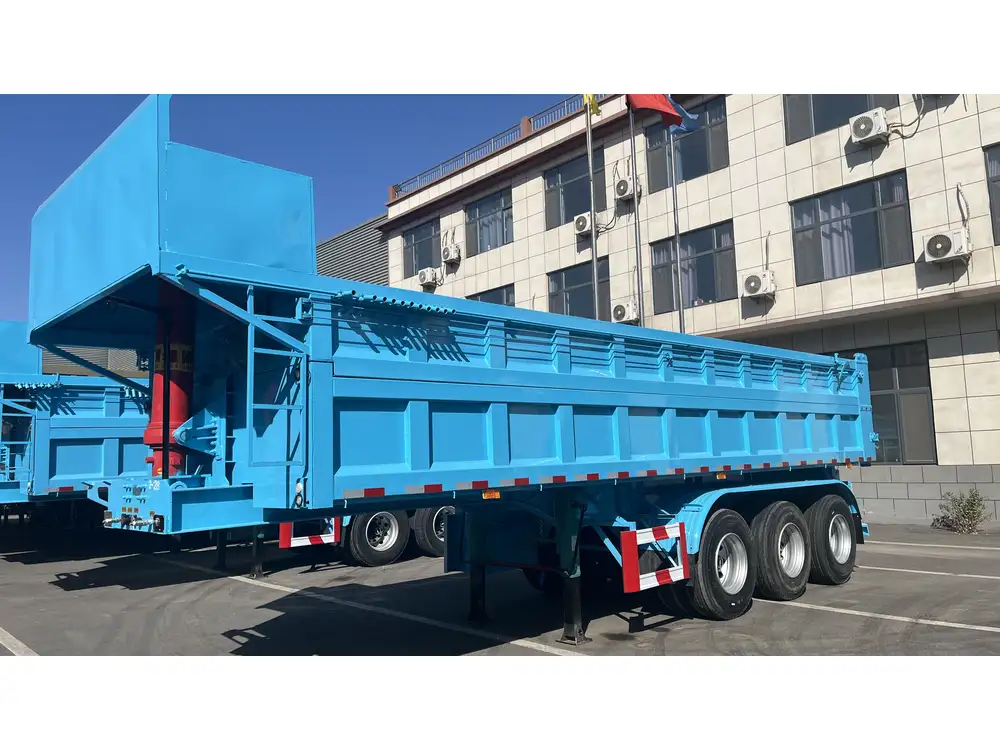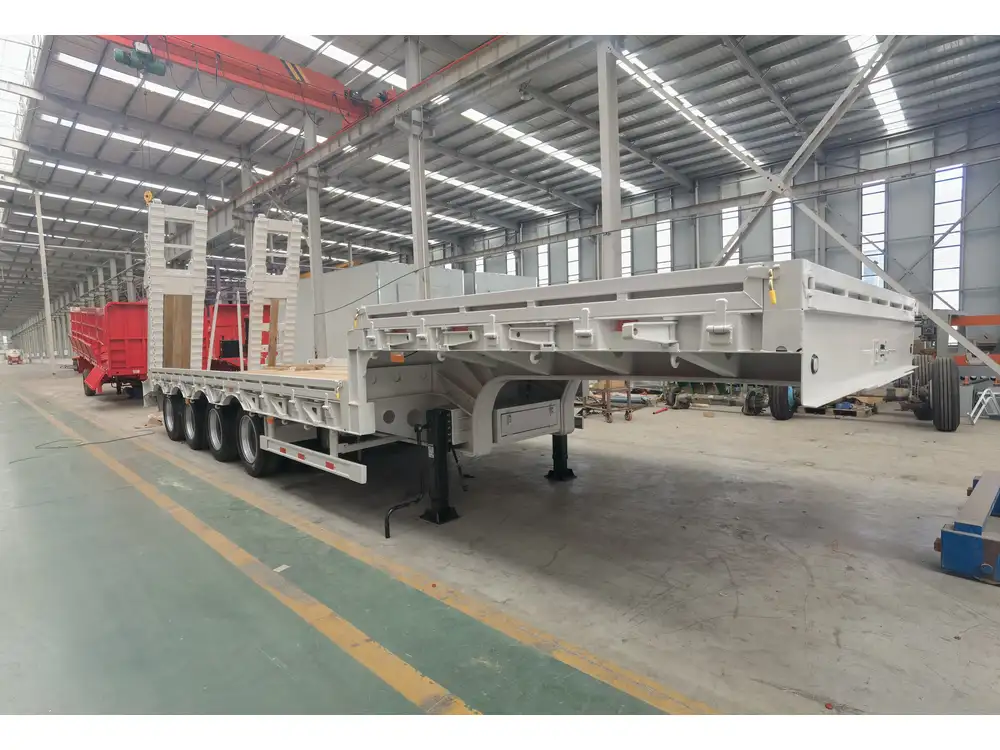Reupholstering a couch in a trailer is a unique challenge, especially when it involves working over a water tank. Not only must we consider aesthetic improvements, but we must also prioritise functionality and durability—withstanding the rigors of travel. This comprehensive guide will walk you through the necessary steps, tools, and considerations to make your trailer couch both beautiful and practical.
Understanding the Challenges
Before diving into the actual process of redoing your couch, it’s vital to understand the specific challenges that arise when working with trailers, particularly regarding the water tank beneath. Here are the primary factors to consider:
1. Space Constraints
- Compact Areas: Trailers usually have limited space, making maneuverability a challenge.
- Ergonomics and Layout: Consider the layout of the trailer when redesigning the couch to ensure comfort and accessibility.

2. Weight Distribution
- Balance: Ensuring the couch does not disrupt the weight distribution of the trailer is crucial. This affects towing performance and safety.
3. Water Tank Accessibility
- Maintenance Access: Redoing your couch over a water tank necessitates leaving access points for future maintenance.
4. Material Consideration
- Durability: The materials chosen must withstand wear and tear, humidity, and potential spills.

Tools and Materials Needed
To ensure a successful reupholstering process, gather the following tools and materials:
| Tools | Materials |
|---|---|
| Staple gun | Upholstery fabric |
| Scissors | Foam or batting |
| Screwdriver | Upholstery thread |
| Measuring tape | Plywood (if needed) |
| Heavy-duty adhesive | Batting cloth |
| Fabric adhesive spray | Upholstery tacks |
| Sander (if refurbishing wood) | Cotton batting |
Step-by-Step Process
Now that we understand the challenges and have gathered our supplies, let’s delve into a detailed, step-by-step process for redoing the couch.
Step 1: Remove Existing Upholstery
Carefully remove any existing fabric and padding from your couch. Here’s how:
- Detaching: Use the screwdriver to detach the couch from the trailer if necessary.
- Removing Fabric: Start from one end and pull the fabric. Remove staples with pliers or a flat tool. Record the order of removal; this will guide you during reassembly.
Tip: Take photos during disassembly to refer back to when you reassemble the couch.

Step 2: Inspect the Frame and Structure
Once stripped down, evaluate the couch’s frame for any damage:
- Check for Stability: Ensure that the frame is sturdy. If it’s loose, consider reinforcing it with extra screws or wood.
- Repair Damage: Patch any broken or cracked sections with wood glue and clamps. Allow sufficient drying time.
Step 3: Prepare the Foam and Padding
- Measure and Cut: Measure the dimensions of the couch where padding will be applied. Cut foam or batting according to these measurements.
- Layering: Layer the foam if necessary to achieve the desired thickness for comfort.
- Adhesive Application: Apply heavy-duty adhesive to the base of the couch and carefully affix the foam in place.
Step 4: Choosing and Applying New Upholstery
Choosing the Right Fabric
Select an upholstery fabric that:
- Is stain-resistant and durable.
- Matches your trailer’s aesthetic and theme.
- Is easy to clean and maintain.
Application Process:
- Measuring Fabric: Measure out the fabric to cover all sides of the foam and frame, leaving extra for tucking and stapling.
- Cutting: Cut the fabric accordingly, ensuring to keep it neat and without fraying edges.
- Attachment:
- Start by placing the fabric over the foam and begin to staple it down at the center of one side.
- Gradually move outwards on either side, pulling the fabric taut as you go.
- Be cautious not to over-stretch, as this will distort the fabric.

Step 5: Securing the Couch in Place
Once the new upholstery is securely attached, it’s time to replace the couch in the trailer:
- Positioning: Align the couch carefully over the water tank in a manner that allows access points for maintenance.
- Secure with Bolts: If bolts were used initially, resecure the couch using the same bolts. Consider the placement meticulously to ensure the weight is evenly distributed.
Step 6: Final Touches
With the couch secured in place, consider these finishing touches:
- Trim Excess Fabric: Cut away excess fabric, leaving enough to fold under and secure with staples or tacks.
- Finish Edges: Consider using upholstery trim or piping to cover raw edges for a clean, professional look.
- Accessorise: Enhance comfort with cushions or throws that match the trailer’s decor.
Maintenance Tips for Longevity
To ensure your reupholstered trailer couch remains in prime condition, follow these maintenance tips:
- Regular Cleaning: Vacuum regularly and spot clean stains immediately to prevent permanent damage.
- Check For Loose Staples or Tacks: Regularly inspect the couch for any loose components and re-secure them as needed.
- Access the Water Tank: Periodically check that the access points to the water tank remain unblocked and functional.

Troubleshooting Common Issues
Problem: Fabric is Loose
Solution: If the fabric starts sagging, check the tightness of the staples or tacks. Retighten where necessary.
Problem: Foam is Compressed
Solution: If the foam loses shape, consider adding another layer or replacing it to restore comfort.

Problem: Difficulty Accessing Water Tank
Solution: If the couch obstructs the water tank access, consider modifying the frame to create access doors or adjustable panels in your design.
Conclusion
Redoing a couch in a trailer over a water tank presents a unique blend of challenges that require careful planning and execution. By understanding these challenges, employing the right techniques, and using quality materials, we can create a beautiful and functional couch that enhances the appeal and usability of our trailer. This investment not only enriches our space but also increases comfort during our travels, making every journey enjoyable. Happy reupholstering!



